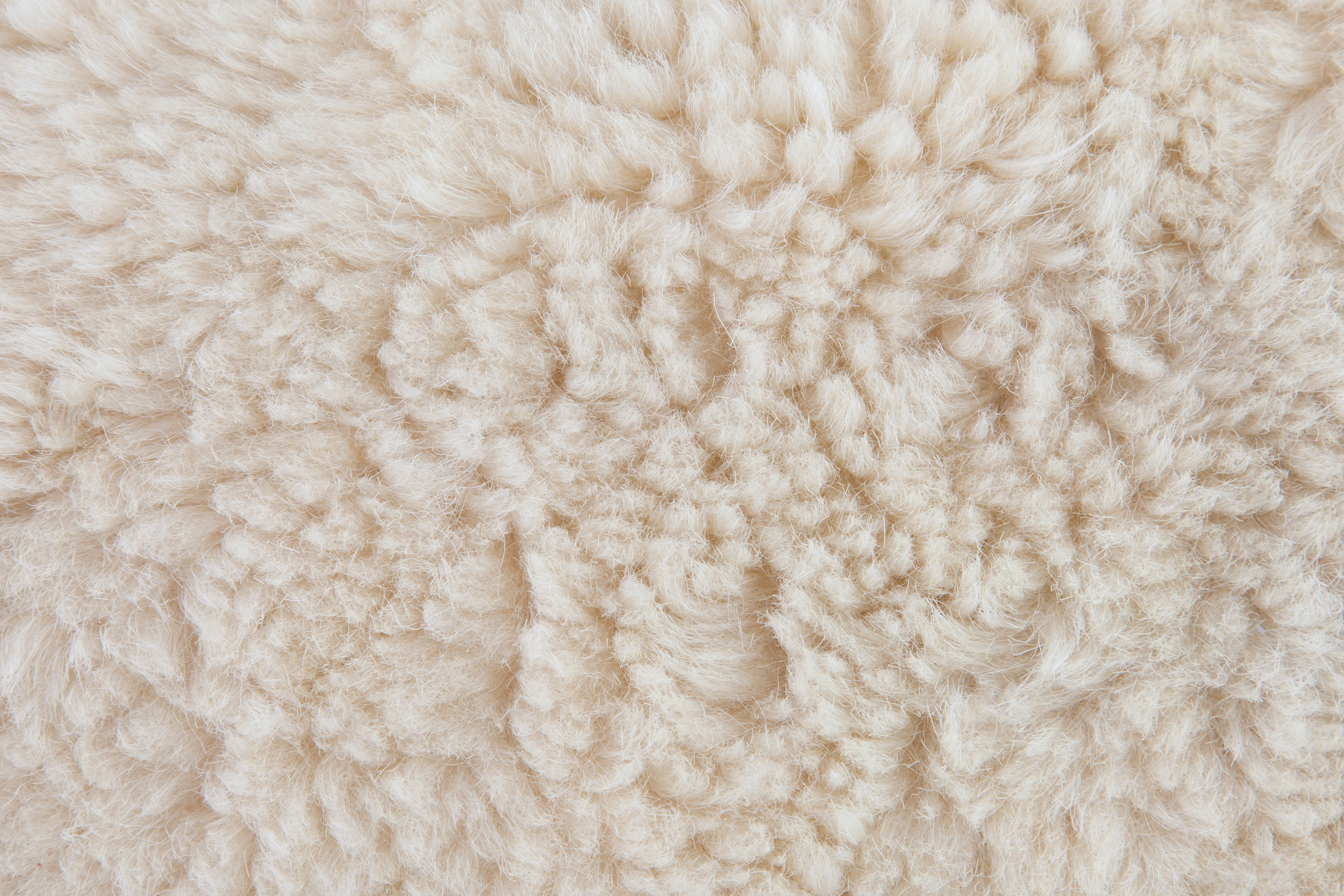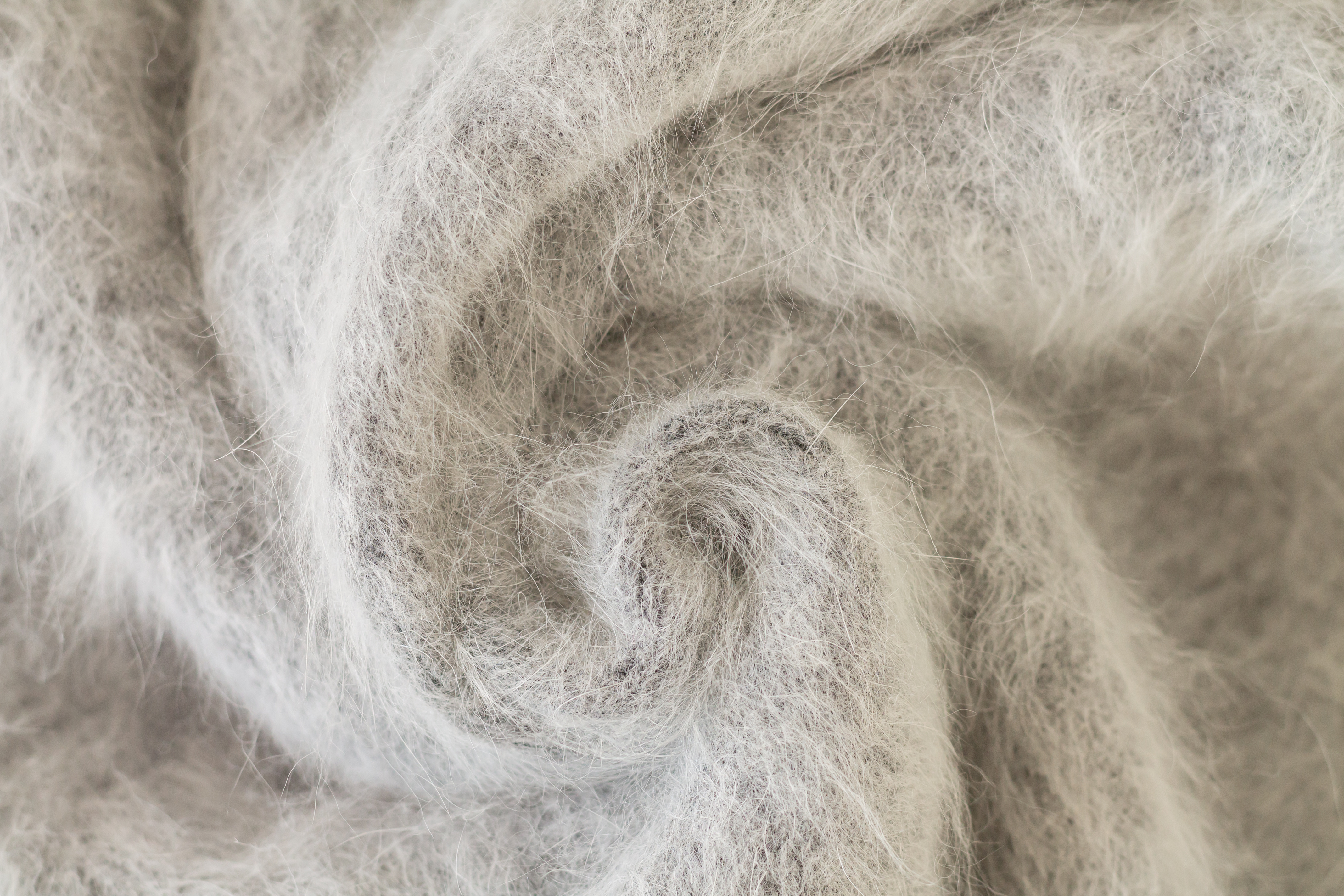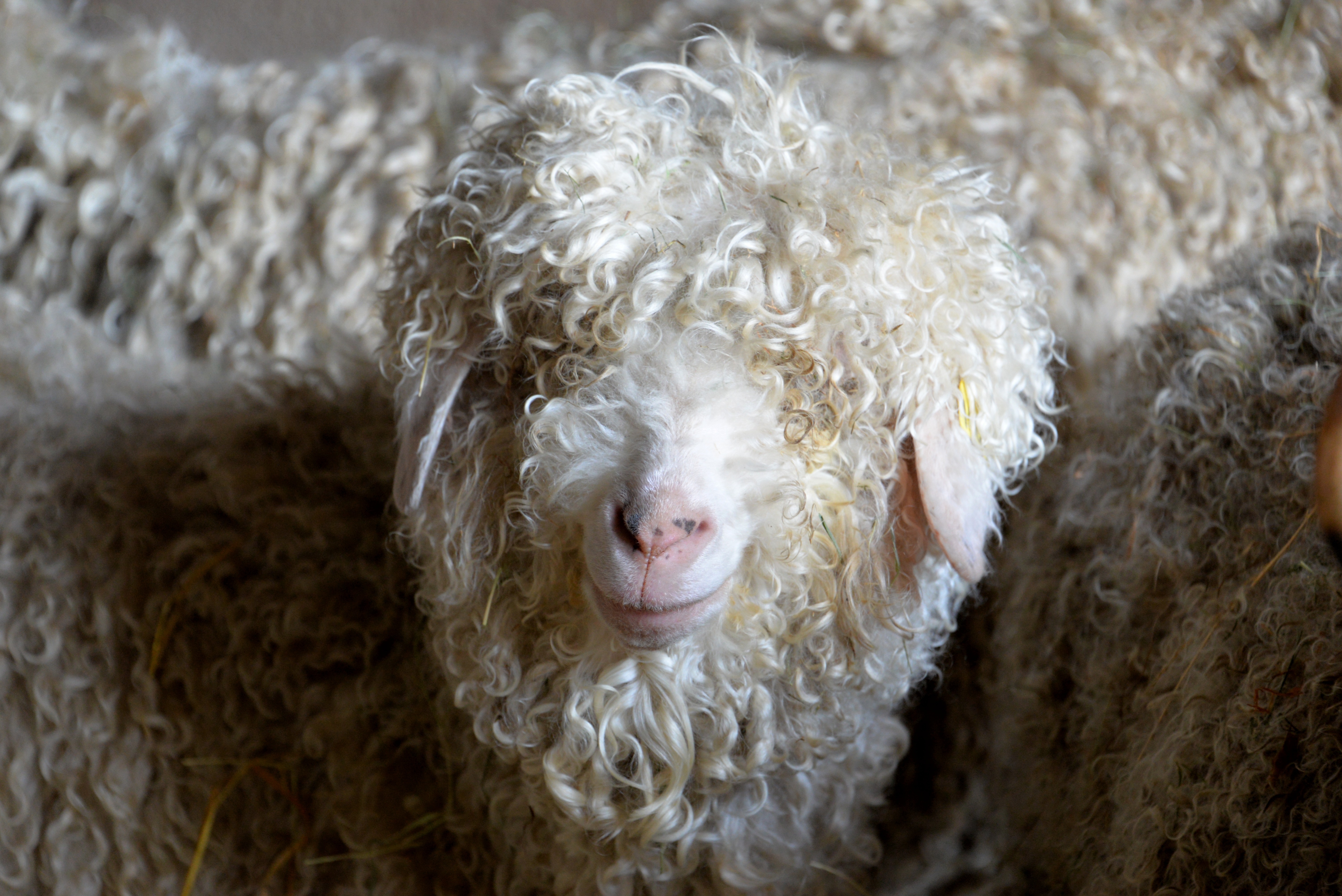 Designed in Great Britain | Made in Italy
Designed in Great Britain | Made in Italy
 sales@luellafashion.co.uk
sales@luellafashion.co.uk
 + 44 (0) 1454 238940
+ 44 (0) 1454 238940
 Designed in Great Britain | Made in Italy
Designed in Great Britain | Made in Italy
 sales@luellafashion.co.uk
sales@luellafashion.co.uk
 + 44 (0) 1454 238940
+ 44 (0) 1454 238940
Knitwear is as old as the hills – and the sheep and goats that graze them. It has been the basis of making clothes for over a thousand years, and there’s no sign that anything better is about to come along soon.
We thought we’d take a deep dive into knitwear, answering all the questions you might have about what it is and the various ways it’s made and worn.
At its most basic, knitwear is clothing made of a single length of thread or yarn (usually wool), which courses back and forth, with every stitch linking with a stitch on the previous row. At the beginning of knitting’s evolution, it was made using two long needles of varying thicknesses.
Knitwear is as old as the hills – and the sheep and goats that graze them. It has been the basis of making clothes for over a thousand years, and there’s no sign that anything better is about to come along soon.
We thought we’d take a deep dive into knitwear, answering all the questions you might have about what it is and the various ways it’s made and worn.
With each row, the emerging fabric switches from one needle to the other, until it is completed. Various thicknesses of the needle are available, and since the wool is looped around the needle for each stitch, the gauge of the needle determines how dense or loose the knit is (smaller needles give a denser knit).
That’s just the basic knit, however. Knitters have, over the centuries, developed complex techniques, mixing different types of stitches, knitting varying numbers of threads together in a single stitch, and introducing different colours and different fabrics to create really interesting and beautiful knits.
By changing how the wool is knitted together, beautiful clothing can be made with ornate patterns, from the traditional Aran style to delicate, lace-like fabrics, all from a single length of wool.
Using knitting, a continuous looped shape can also be made, which is useful for seamless sleeves or stockings. In fact, it was this technique that led to the first mechanized knitting machine in the 1500s: William Lee’s stocking frame. Often, however, a rectangular or shaped two-dimensional fabric is knitted and then sewn around to make a shaped sleeve or leg.
Modern commercial knitting is now all done by machines, and you can even buy small knitting machines for the home, which you program with your desired pattern and let do their work. But the craft of hand-knitting is probably as strong as ever, with millions of people loving it for its therapeutic effect and the fact that you can make clothes to your own designs. The fact that there’s no shortage of celebrity knitters, from Meryl Streep to Tom Daley, has certainly boosted its credibility among the young. It takes a lot of practice, but it’s worth it!

Knitting and weaving are the two commonest ways of making fabrics from thread or twine. But how are they different? It’s all in the way the threads bind together. With knitting, there’s essentially a single thread that loops back on itself.
A stitch connects itself to a loop (or several loops) on the previous row, and then when the next row comes along, that same stitch becomes the anchor for the neighboring stitch(es) on the next row.
With weaving, there are hundreds of separate strands running vertically and horizontally, and they interconnect with each other by each vertical thread going over-under-over-under the rows of horizontal threads. The basic over-under pattern can be changed to introduce more interesting forms, but that’s essentially how weaving works.
The differences aren’t just in the technique, however. The way woven and knitted fabrics perform are also quite different.
• Knitting tends to produce a more chunky fabric, as it’s a series of knots and loops that have a notably three-dimensional form while crisscrossing cotton tends to make a very flat, smooth fabric that’s ideal for shirts, undergarments, napkins, and tablecloths, as well as hard-wearing fabrics used in things like tents, sails and umbrellas.
• Knitted fabric is also more stretchy, as there’s more room for deformation in the loops compared to a weave which can’t really be stretched beyond the elastic limits of the individual strands of thread.
• Knitted fabrics are better at trapping air in the more complex form, so tend to have better insulation properties. Both knitted and woven fabrics have good breathability, though, as long as they are not made too tightly.
Any long, flexible thread can be knitted, but in practice, only a relatively small number of materials are used commercially. Most of these are traditionally wools, which come from an array of livestock and wild animals, but plant-based threads are also commonly used.
The vast majority of wool used in clothing around the world is sheep wool. Sheep have traditionally been farmed in the UK for centuries, and wool was the basis for most Britons’ clothing until the emergence of a cotton industry at the end of the Mediaeval period. British wool was exported all over the world. Now, it mostly comes from China, Australia, and New Zealand, but the UK remains a big player.
Sheep’s wool can be soft and tender from certain breeds, but a lot of commercially available wool can be a little less comfortable, making it a little irritating and scratchy, especially against sensitive skin. Wearing an underlayer is usually enough to solve this, but that’s not always convenient.

Associated with luxury for centuries, cashmere wool has its origins in the harsh mountainous regions of what today are the Indian, Pakistani and Chinese borderlands. The region is known as “Kashmir”; the wool being spelled differently avoids confusion.
The wool comes from the cashmere goat, but it’s not the outer layer that you can see on the goat – that’s so tough that it’s used in paintbrushes! The wool that’s used for cashmere is soft, downy wool that grows on goats during the winter months to provide an essential layer of insulation.
The goats molt in the spring, and the cashmere wool was originally collected from the ground, but the goats were eventually domesticated and sheared. Find out more about Cashmere in our complete guide.
Cashmere wool has all the properties you could wish for in a garment. It’s so soft that it can be worn against the skin without irritation, but it’s also insulating, strong, and breathable, which makes it perfect for layering. Modern cashmere is often blended with other wools to keep costs down without affecting its softness, and sometimes with small amounts of man-made fabrics to provide elasticity and strength
Merino wool grows on a breed of sheep called (you guessed it) the merino. The breed seems to have emerged from Spain in the late medieval period, and it has always been considered a cut above regular sheep’s wool.
In terms of comfort, insulation, and cost, it generally sits somewhere between regular sheep wool and cashmere, so it’s a good option for many people. It’s also good at keeping its shape without requiring blends of other materials.
.jpeg)

Away from the Caprinae subfamily, there are other animals that produce wool commercially, although most are extremely rare. One slight exception is the angora rabbit, an incredibly cute and cuddly-looking creature that comes complete with a huge fluffy coat. It produces a predictably fluffy and soft yarn, angora wool, which can be used to make garments.
It has to be said, however, that angora wool is controversial, with many fashion houses refusing to use it.
Sheep and goats need acres of grasslands to grow healthy coats and are only sheared in the spring, so the industry is considered ethical when done properly. It’s theoretically possible to let angora rabbits roam free and only be harvested when it suits the animals.
In practice, however, the rabbits are often kept in inhumane conditions and are plucked rather than sheared, and it’s difficult to trace the origins of angora wool to ensure it’s harvested humanely. Luella does not sell any clothing made of angora wool.
Mohair is another type of wool from a goat, which is actually called an angora goat (it is not related to the rabbit). The stand-out feature of mohair is its big, bouncy look and feel, as the strands of the wool project off in all directions. It also has a distinct sheen that other wools don’t have. It’s a bit of a novelty or statement fabric, thanks to its unusual looks, but it’s still pretty popular – and the punks of the 1970s loved it!

Finally, there’s cotton knitwear. It’s fair to say that cotton is usually associated with weaving and wool with knitting, and the distinction usually holds. But there’s no reason why cotton can’t be knitted, and beautiful clothing can be made using this technique. You can find out more about cotton knitwear in our complete guide.
Cotton knitwear is generally lighter than wool, simply because the threads have a smaller diameter. They are also less expensive thanks to the costs of farming, harvesting, and manufacturing.
As well as the range of wools and threads from which knitted clothing can be made, there’s a wealth of knits that can be created. The arrangement of different stitches in a knit can produce beautiful and complex patterns, weights, and feels in knitwear. Here are some of the favourite knits.
The jersey knit is a basic type of stitch, which is knitted one way and purled on the other. The end result is a fabric with a distinct repeated interlocking “V” shape on one side and a less attractive appearance on the other side, where the stitches run horizontally, interlocked like bricks. It’s the standard issue knit with no embellishments, and it’s not reversible.
Also, as it’s about as simple as a knit can be, it’s the most lightweight knitted fabric.
With double knit, two separate yarns are used, and the technique produces a thicker, heavier type of jersey. The appearance is very different too – there’s more wool intertwined in a more complex pattern, and instead of the large V shapes, there’s a more uniform face. It’s heavier than a single jersey knit, and importantly it’s the same on both sides, so it is reversible.
The cable knit is one of the most famous types of Aran, often used in the traditional sailor’s jumper. It gets its name from the fact that the wool is built up to form a pattern that resembles a twisted rope or cable, but there are many variations of the pattern such as knots, simple twists, and lattices. The cables can be spaced out or close together, and are sometimes alternating, with different types of cables or perhaps ribs. Cable knits are very popular in jumpers as well as cardigans.
The rib knit is a series of raised lines of fabric running along the entire length of the fabric. It’s produced by alternating between sections of knits and sections of purl on each row, and the end result is a relatively weighty knit that’s very good at stretching in one direction (i.e. so that the ribs are being pulled apart). Rib knit is also commonly used in collars, cuffs, and hems as there’s a gentle but natural elasticity to it.
Diamond stitch is similar to cable knit in that it uses built-up sections to produce a repeated pattern. However, whereas cable knit has patterns that run in straight lines, with gaps made by another knit in between, a diamond stitch has a repeated raised pattern that covers the whole fabric.
An interesting take on the diamond knit is the diamond lattice knit. Here, instead of the diamonds being raised above the rest of the fabric, the diamond shapes are created by making gaps in the knit. The result is an elegant, lace-like fabric that’s very light, flexible, and breathable.
The trellis stitch knit is made from a mixture of built-up wool knits and gaps, and there are dozens of beautiful ways to interpret the look. It’s often used on baby clothes as it’s light and airy but still has warming properties.
Now you know exactly what you’re looking for in your knit, why not put your knowledge into practice? We’ve got a superb range of knitted clothing in both cashmere and cotton, with several of the patterns you’ll recognize from this article. Take a look!